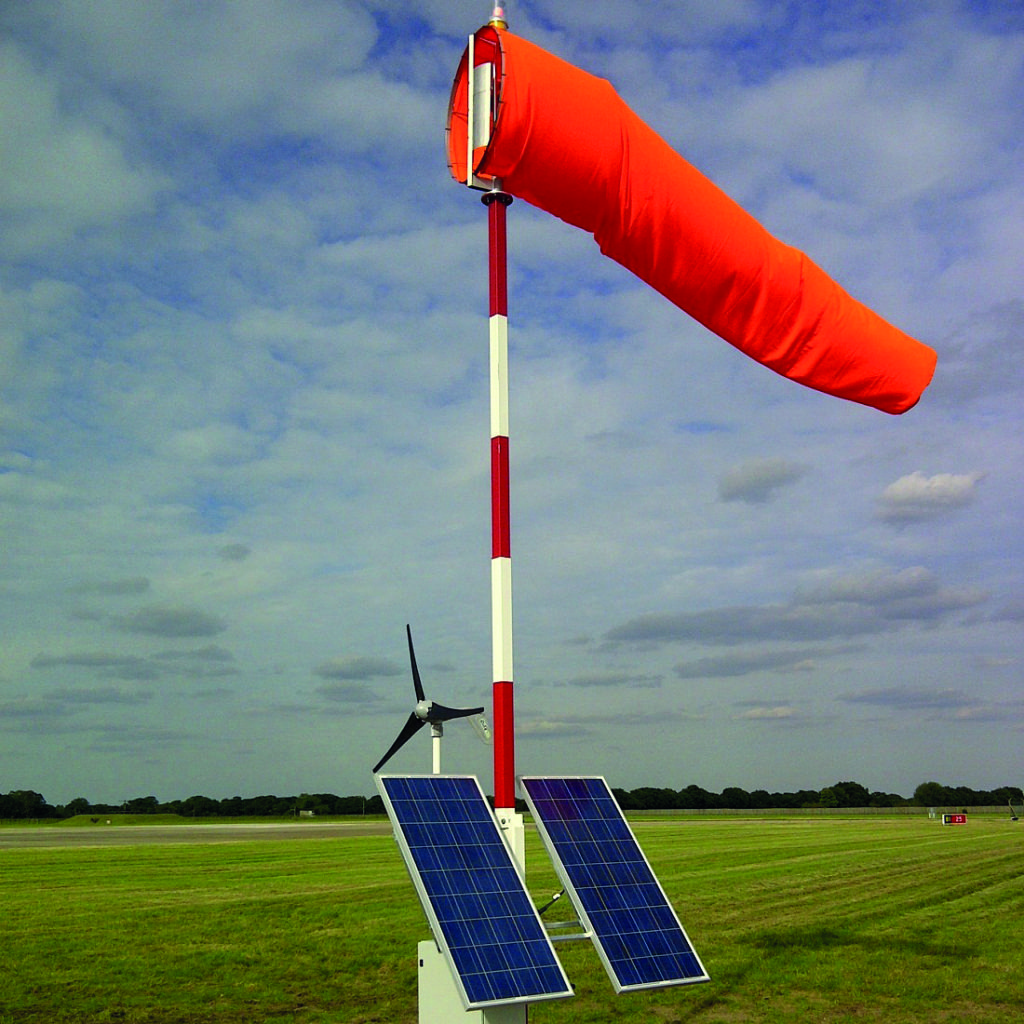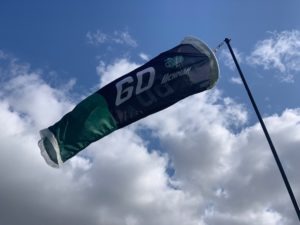

X
This site uses cookies. By continuing to use this site you agree to our use of cookies. To find out more, see our Privacy Policy and Cookie Policy.

Windsock masts are also known as windsock poles or windsock stands. They are structures designed to support and display windsocks. These masts are essential in various industries, including aviation, industrial safety and meteorology, where accurate wind direction and speed information is crucial.

Windsock masts are typically constructed from durable materials such as aluminium, steel, or fibreglass. The choice of material depends on factors like weather conditions, the weight of the windsock, and the desired lifespan of the mast.

Our windsock masts are white tapered fibreglass poles and comes in two sizes – 4m and 6m. The swivel arm that houses the sock attaches to the top of the pole. It comes with the pole, or can be purchased separately to attach to any 60mm pole. Other sizes and colours of mast are available on request.
The height of the windsock mast itself is an important consideration to ensure visibility from a distance. The mast’s height is determined based on the application and the surrounding environment. For example, airport windsock masts are often tall to provide clear wind direction information for pilots.
Some windsock masts come with telescoping features, allowing for adjustable height. This flexibility can be useful for adapting to changing needs or situations. Fixed-height windsock masts are simpler and may be more suitable for permanent installations with consistent requirements.
Windsock masts can be mounted in different ways, including ground mounts, roof mounts, or wall mounts. The choice depends on the location, application and available space. Some masts come with a flange or base plate for secure attachment to a surface. The base of the windsock mast is crucial for stability. Depending on the design, it may require a concrete foundation or other anchoring methods to ensure it remains upright, especially in windy conditions.
Windsock masts used in low-light conditions or during nighttime may need to be equipped with lighting features. Lights can illuminate the windsock for better visibility.
Regular maintenance is essential to ensure the proper functioning of the windsock mast. This includes checking for signs of wear, corrosion, or damage.
Durability is a critical factor, especially in outdoor environments where masts are exposed to varying weather conditions. Our poles are easily installed using a hinge base plate so that they can be lowered for cleaning and maintenance. Maintenance of the windsock is also important, and our heavy-duty products come complete with anti-fray to the tail. Our windsocks are compliant with BS EN ISO 105-B02:2013 in terms of its colour fastness to light. The material is highly resistant to fading in exposed, sun drenched areas.
Windsock masts used in aviation settings must comply with regulatory standards set by aviation authorities. This includes specifications for height, colour-coding, and maintenance requirements. All of our windsocks are manufactured to meet ICAO requirements for size, material and colour. Each windsock is handmade from polyurethane coated 195gsm knitted polyester in our UK factory.

If you would like to purchase a windsock, a mast or both, we’re here to help. For this or any other queries, please contact our specialist team.